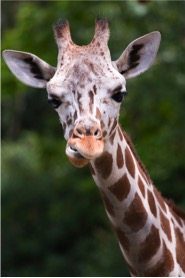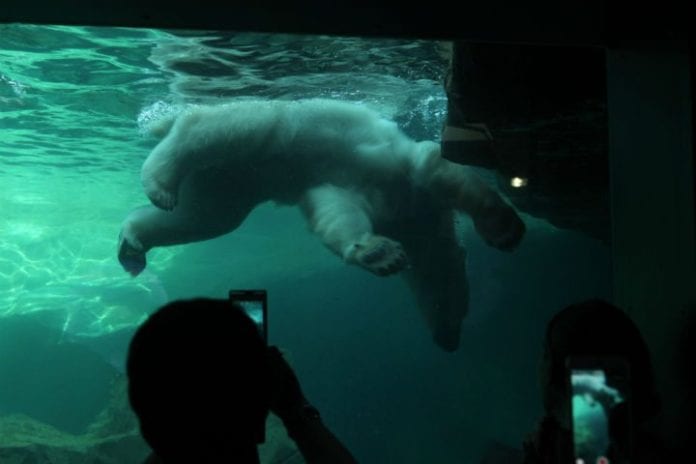Mobile Experts digs into the use of 5G technology, small cells and different transmission methods at a Silicon Valley zoo
The San Jose Municipal Zoo recently announced plans to equip its large mammals with sensors for better tracking. In some ways this is yet another “Internet of Things” application, but the local Silicon Valley community has jumped on board to drive interesting uses for the data, and a new “5G” radio technology to support high-bandwidth applications.
The S.J. Zoo Commissioner recently announced a consortium of major Silicon Valley companies that have agreed to develop four initial applications:
–A polar bear temperature monitor, which displays both body temperature for the two bears (Pinky and Dinky) and the temperature of their swimming pool. Zoo members can purchase ice at the exhibit, or online, through an automated ice dispenser.
–A collar that tracks the growth of antlers on Bob the Moose. Bob’s antlers grow as fast as 1.4-inches per day at the annual peak.
–Another collar to measure the impact force for the bighorn sheep during their annual mating rituals.
–The hyena-cam, allowing zoo members to watch and listen over high-definition video streaming as the hyena gorges itself on rotting meat.
–The giraffe mating sensor, which alerts park visitors immediately when the giraffes orient themselves into a mating position. (Parental permission required for this app.)

In early testing, the consortium has concluded small cells will be required in order to effectively track animals in their burrows and within the indoor exhibits. More than 30 small cells will be used for a combination of low-bandwidth tracking devices and high-bandwidth video streams.
In fact, the chairman of the Zoo 5G Project (SJZ 5GP), Professor Matthew Sutter, proposed a new technology for improved 5G video streaming in short-range applications, based on interference location technology. In Dr. Sutter’s presentation, he describes an approach with separate technologies in the uplink and downlink. For the downlink, the proposed concept isolates interfering transmitters and isolates them with a beamsteering null (Amplitude/Phase Reversion plus Interference Location). For the uplink, due to the constant HD video streams, Dr. Sutter plans to use Forward Orthogonal Open Loop technology.
Editor’s Note: Welcome to Analyst Angle. We’ve collected a group of the industry’s leading analysts to give their outlook on the hot topics in the wireless industry. These outlooks are especially important when they involve animals.
Photo copyright: wrangel / 123RF Stock Photo

